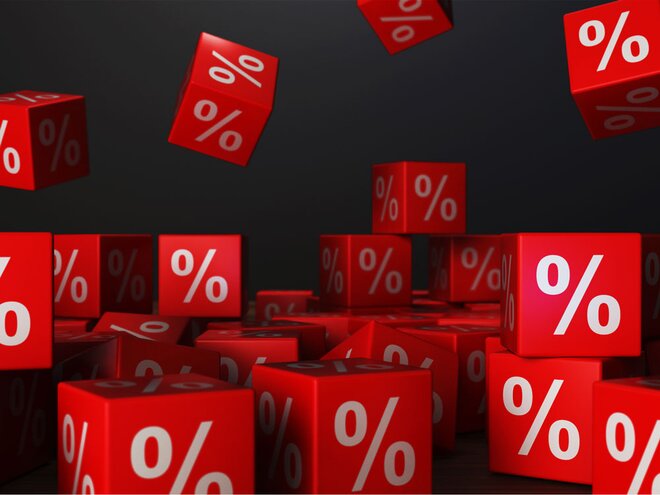
A comparison of the PE of a stock with its last five-year median shows how cheap the stock is in terms of its valuation over the last five years. Investors usually compare the PE of a stock with that of its peers. But every stock has its individual characteristics. So, when it comes to the stock's valuations, these characteristics can make its comparison with peers misleading.
Given this, as well as the correction in the market after foreign investors pulling out, we have decided to look at the large-cap universe and identify fundamentally sound stocks trading at a PE less than their five-year median PE. Additional filters applied include:
- PE within 10 per cent of its lowest PE in the last five years
- Positive free cash flows in the last five years
- Debt less than one time its equity
- Five-year earnings CAGR greater than 10 per cent
Aurobindo Pharma
Currently, the second-largest Indian generic pharma firm by prescription in the US and the tenth-largest generic company by sales in the world, Aurobindo Pharma commenced its operations in 1998-99 with one facility in Pondicherry manufacturing semisynthetic penicillin. It now specialises in complex injectables and medicines for diabetes, AIDS, nervous systems and dermatology. It operates 11 units for APIs (active pharma ingredients; intermediaries in drug manufacturing). It also operates 15 units for formulations of which, ten units are in India.
Around half of its business comes from the US, with another 26 per cent from Europe. Hence, the company is under constant risk of any concerns raised by the US Food and Drug Administration (USFDA) - known as one of the strictest bodies. In May 2019, three units of the company came under the USFDA radar, while one of them was issued a warning letter. In addition, the company was also named in a price manipulation lawsuit in the US earlier this year. Such risks could pose a threat to the company's future.
In terms of financials, sales and earnings have grown at a five-year CAGR of 19 and 15 per cent, respectively, as on FY19. Debt stood at 0.50 times of equity, which is down from 0.86 times in FY15. The stock currently trades at 13.82 times, which is significantly lower than its median of 19 times and other pharmaceutical companies like Cipla, Dr. Reddy's or Sun Pharma who all trade more than 20 times.
Eicher Motors
Eicher's Royal Enfield bike is India's answer to the iconic US-made Harley Davidson. Back in 2000, Royal Enfield was on the verge of being sold or closed by the management because of its dismal performance. Fast forward to the present time, it is the largest two-wheeler manufacturer in India in the 250 cc and above segments, with more than eight lakh motorcycles sold in 2019. It has a presence in more than 50 countries. The company also runs the commercial vehicle business through a JV with Sweden's AB Volvo.
The last financial year did not fare well for the company, with the ongoing slowdown in the auto sector being one of the main reasons. More importantly, massive floods in Kerala - which happens to be its biggest market - sent a serious blow to its sales. Adding to woes were the new safety regulations and increased costs of the third-party insurance, which the company had to pass on to its customers. Making matters worse was the labour strike at its Chennai plant. All these events resulted in flat volumes for its motor division for the year and a lower-than-industry growth of 11 per cent for its commercial vehicle division.
As a silver lining, the launch of its new bikes after years of development, the establishment of a new manufacturing facility in Thailand and its foray into new markets, such as South Korea, are expected to provide a strong impetus to the company in the coming time. In terms of sales and earnings, they have grown at a three-year CAGR of 17 and 18 per cent, respectively.
The stock currently trades at 21 times, which is significantly lower than its five-year median of 46 times.
Godrej Consumer Products
The number one player in household insecticides and hair colour and number two in soaps in India, this company has a wide range of brands, such as Cinthol, Goodknight, Hit, Ezee, etc., that may be present in most of the Indian households. Having a significant international presence, the company is number one in hair care in Sub-Saharan Africa and the number one in air fresheners and wet tissues. Its international operations account for 47 per cent of the consolidated revenues.
Despite its leadership, the stock was down 33 per cent in the last year because of a slowdown in the core household insecticide business in India, coupled with weak growth in Africa and Indonesia. Even though the management launched the three by three strategy to beat the anaemic growth, the recent quarterly results showed signs of a clear slowdown in consumption, which is expected to pick up with the festival season around the corner. The three by three strategy is aimed to focus on three products namely hair, home and personal care across three continents i.e Asia, Africa and Latin America. Hence, it sold its UK business last year.
In terms of financials, sales and earnings have increased at a five-year CAGR of six and 23 per cent, respectively, with debt levels having come down to 0.43 times of equity as compared to 0.63 times in FY15. The stock currently trades at 28 times and in fact, is at its lowest level in the last three years.
Disclosure: The intent of the article is not to recommend any specific stocks. If you wish to invest in any of the above-mentioned securities, please do thorough research.








